Dumplings, a beloved culinary delight enjoyed across continents, are a testament to the harmony of flavors and textures. Whether steamed, boiled, or pan-fried, the key to an unforgettable dumpling lies in its filling—a delicate balance of proteins, vegetables, aromatics, and seasonings. This article delves into the science and creativity behind selecting ingredients that elevate dumplings from ordinary to extraordinary, offering insights into traditional techniques and modern twists.
The Foundation: Choosing the Right Protein
The protein base of a dumpling filling serves as its backbone, providing richness, moisture, and depth. Common choices include pork, beef, chicken, and seafood, each contributing a distinct profile.
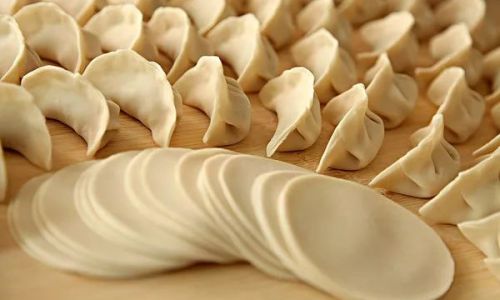
Pork: The Classic Canvas
Ground pork, often a mix of shoulder and belly, is the most traditional choice. Its moderate fat content ensures juiciness, while the meat’s mild flavor acts as a neutral canvas for other ingredients. For optimal texture, opt for a 70% lean to 30% fat ratio. Marinating pork with soy sauce, ginger, and a touch of sugar enhances its savory umami notes.
Beef: A Robust Alternative
Ground beef, particularly chuck or sirloin, offers a heartier flavor. To prevent dryness, combine it with minced vegetables like onions or mushrooms, which add moisture. A splash of rice wine or a dollop of tomato paste can soften beef’s gaminess, creating a filling that pairs well with spicy seasonings.
Chicken: A Leaner Option
Chicken thigh meat, with its higher fat content than breast, strikes a balance between health and flavor. Shredded or minced, it benefits from bold seasonings like five-spice powder or cilantro. For added richness, mix in finely chopped bacon or a spoonful of oyster sauce.
Seafood: Delicate and Sweet
Shrimp, crab, or fish (such as salmon or cod) introduce a briny sweetness. To avoid a mushy texture, pulse seafood in a food processor until coarsely ground. Pair with aromatic herbs like dill or chives, and bind with a beaten egg or a touch of cornstarch.
Vegetables: Adding Freshness and Crunch
Vegetables contribute moisture, color, and texture, preventing fillings from becoming dense or greasy. The key is to balance their water content to avoid soggy dumplings.
Cabbage: The Crunchy Staple
Napa cabbage, with its tender leaves and mild flavor, is a classic choice. To prevent excess moisture, salt shredded cabbage, let it wilt for 15 minutes, then squeeze out the liquid before mixing with meat. Its subtle sweetness complements pork and ginger.
Chinese Chives: A Pungent Kick
Garlic chives, or jiu cai, offer a garlicky-onion flavor that cuts through richness. Finely chop and mix them raw into fillings; their assertive taste pairs beautifully with shrimp or egg-based vegetarian fillings.
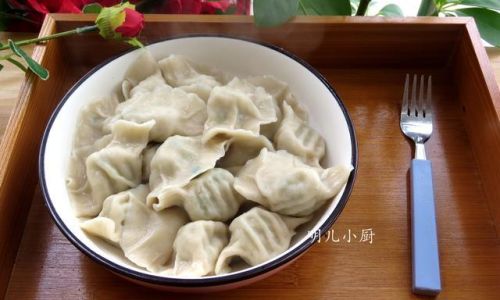
Spinach: Earthy and Nutrient-Rich
Blanch spinach to wilt it, then shock in ice water to retain vibrant green color. Squeeze dry and chop finely. Its mineral undertones work well with cheese (in fusion recipes) or tofu, adding a healthful twist.
Mushrooms: Umami Bombs
Shiitake, wood ear, or enoki mushrooms add meaty texture and umami. Rehydrate dried shiitakes for concentrated flavor, then mince and sauté before adding to fillings. Their ability to absorb seasonings makes them ideal for vegetarian dumplings.
Seasonings and Aromatics: Elevating Flavor
Seasonings transform raw ingredients into a symphony of tastes. The goal is to layer flavors without overwhelming the filling’s natural essence.
Soy Sauce: Saltiness and Depth
Light soy sauce seasons the filling while dark soy sauce adds color. Use sparingly to avoid oversalting; a teaspoon per pound of meat suffices. For gluten-free options, substitute with tamari or coconut aminos.
Ginger and Garlic: Aromatic Punch
Freshly grated ginger and minced garlic provide warmth and complexity. Sauté them briefly in oil before adding to fillings to mellow their sharpness. In Sichuan-style dumplings, add a pinch of Sichuan peppercorn powder for tingly heat.
Sesame Oil: Nutty Finish
Toasted sesame oil, added just before wrapping, imparts a fragrant, nutty aroma. A drizzle per serving is enough—its potency demands restraint.
White Pepper: Subtle Heat
Unlike black pepper, white pepper offers a cleaner, floral spiciness. It enhances pork and seafood fillings without overpowering them.
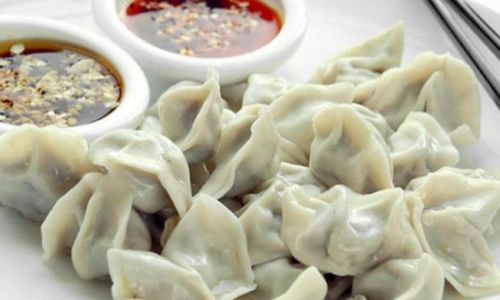
Vinegar and Citrus: Brightness
A splash of rice vinegar or lime juice in the filling mixture (or as a dipping sauce) cuts through richness. In Korean mandu, for example, a touch of vinegar in the dough adds tang.
Regional Variations: A World of Dumplings
Dumpling traditions vary widely, reflecting local ingredients and palates. Exploring these styles can inspire innovative fillings.
Northern China: Hearty and Bold
Dumplings from regions like Beijing often use lamb or mutton, paired with cumin and carrots. The dipping sauce typically includes black vinegar, chili oil, and crushed garlic.
Sichuan: Fiery and Numbing
Sichuan peppercorns, chili flakes, and doubanjiang (fermented broad bean paste) characterize the province’s dumplings. Pair with pickled vegetables for acidity.
Cantonese Dim Sum: Delicate and Seafood-Forward
Har gow (shrimp dumplings) use translucent wrappers and a filling of plump shrimp, bamboo shoots, and a hint of pork fat. The emphasis is on freshness and subtle seasoning.
Japanese Gyoza: Pan-Fried Perfection
Inspired by Chinese jiaozi, gyoza fillings often include cabbage, garlic chives, and ground pork seasoned with sake and mirin. The crispy bottom and soft top create a textural contrast.
Optional Ingredients and Dietary Twists
Modern dumpling makers experiment with global ingredients, catering to dietary preferences and adventurous palates.
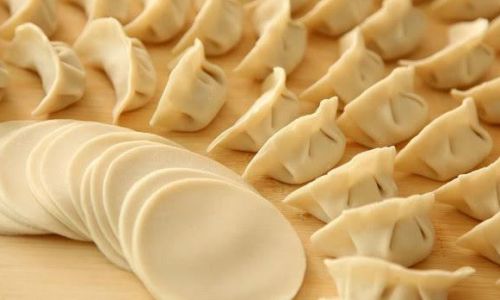
Tofu and Vegetarian Fillings
Firm tofu, crumbled and mixed with mushrooms, carrots, and glass noodles, creates a satisfying vegetarian filling. Enhance with miso paste or nutritional yeast for umami.
Cheese and Western Flavors
Incorporate ricotta, feta, or cheddar into fillings for a creamy texture. Pair with spinach and pine nuts for a Mediterranean twist, or add apples and bacon for a sweet-savory profile.
Exotic Proteins
Duck, venison, or even plant-based meats (like Impossible Burger) can replace traditional proteins. Marinate aggressively to tenderize and infuse flavor.
Tips for Perfect Dumpling Filling
Achieving dumpling perfection requires attention to detail. Here are pro tips to elevate your game:
Balance Flavors
Aim for a harmony of salty, sweet, sour, and umami. Taste a small portion of the raw filling (cooked if raw meat concerns you) and adjust seasonings accordingly.
Texture Matters
Avoid overmixing, which can make fillings dense. Combine ingredients gently until just incorporated. For crunch, add water chestnuts, jicama, or chopped peanuts.
Moisture Control
Excess liquid leads to burst dumplings. Sauté vegetables first to evaporate moisture, or use absorbent ingredients like cooked rice or breadcrumbs.
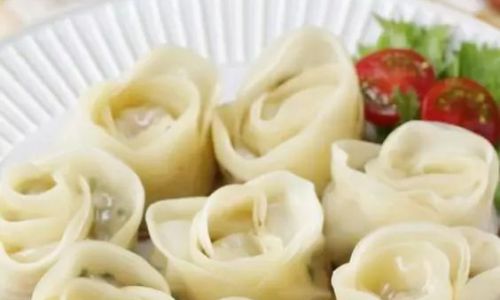
Marinating Magic
Marinate meat for at least 30 minutes in a mixture of soy sauce, rice wine, and cornstarch. The cornstarch acts as a tenderizer and binder.
Conclusion: The Joy of Dumpling Making
Dumplings are more than food—they’re a canvas for creativity and a vessel for tradition. Whether you prefer the timeless simplicity of pork and cabbage or the boldness of spicy Sichuan-inspired fillings, the key is to experiment and trust your palate. Gather loved ones, roll up your sleeves, and let the dance of flavors unfold. After all, the best dumplings are those made with care, curiosity, and a dash of culinary adventure.
From the first bite of a steaming dumpling to the last crispy pan-fried morsel, the journey of crafting these little parcels of joy is as rewarding as the meal itself. So, what will you wrap today?
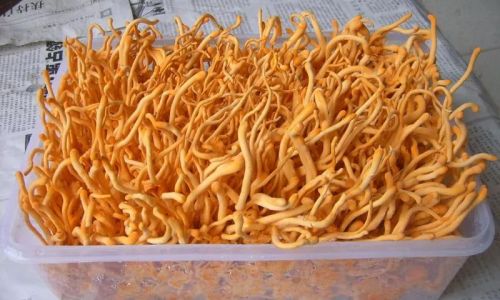
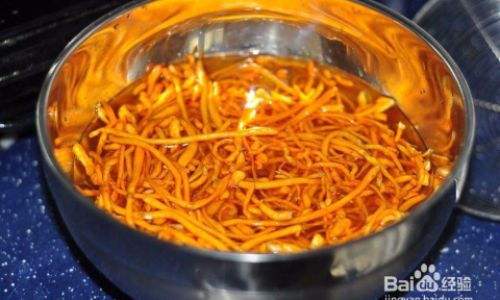
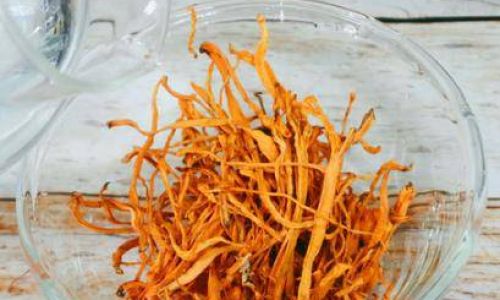

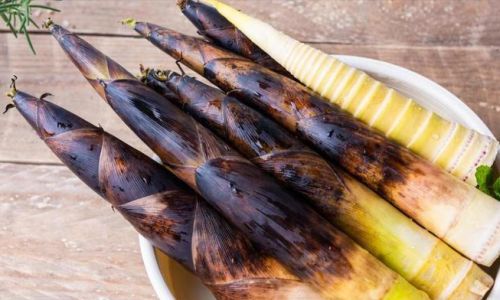

0 comments